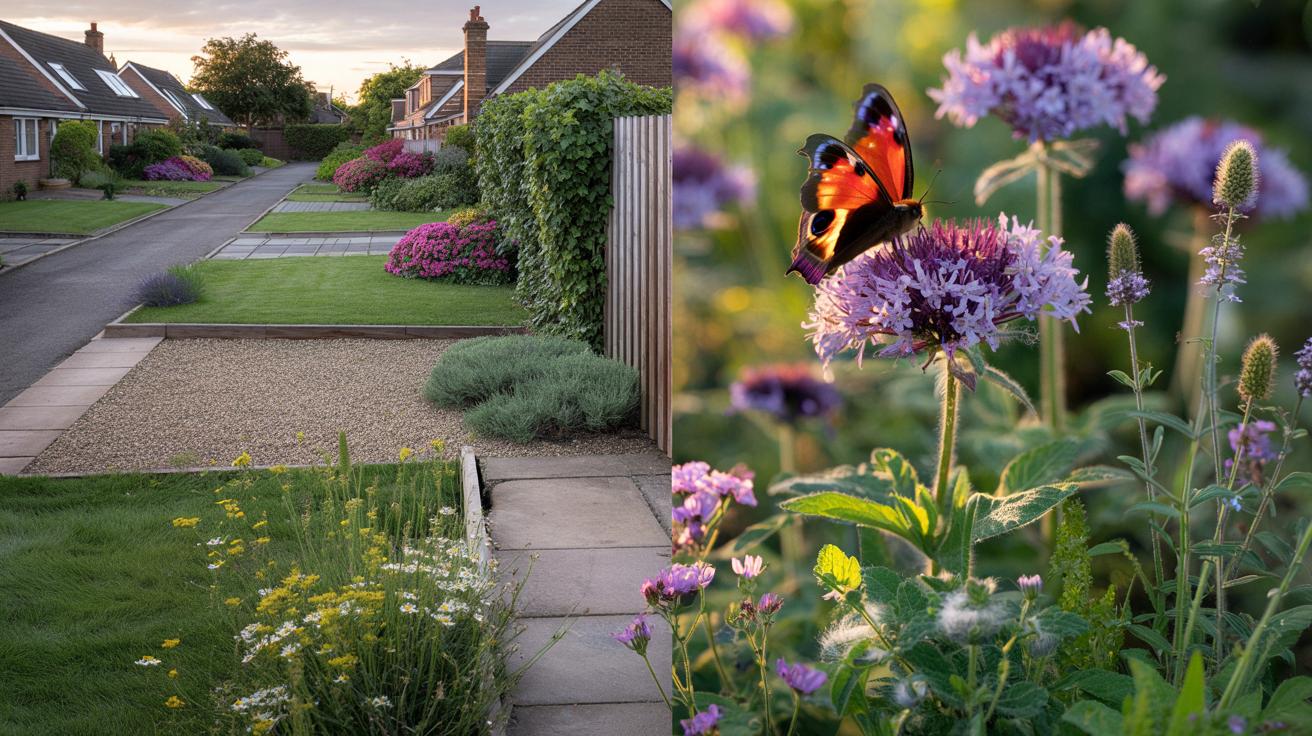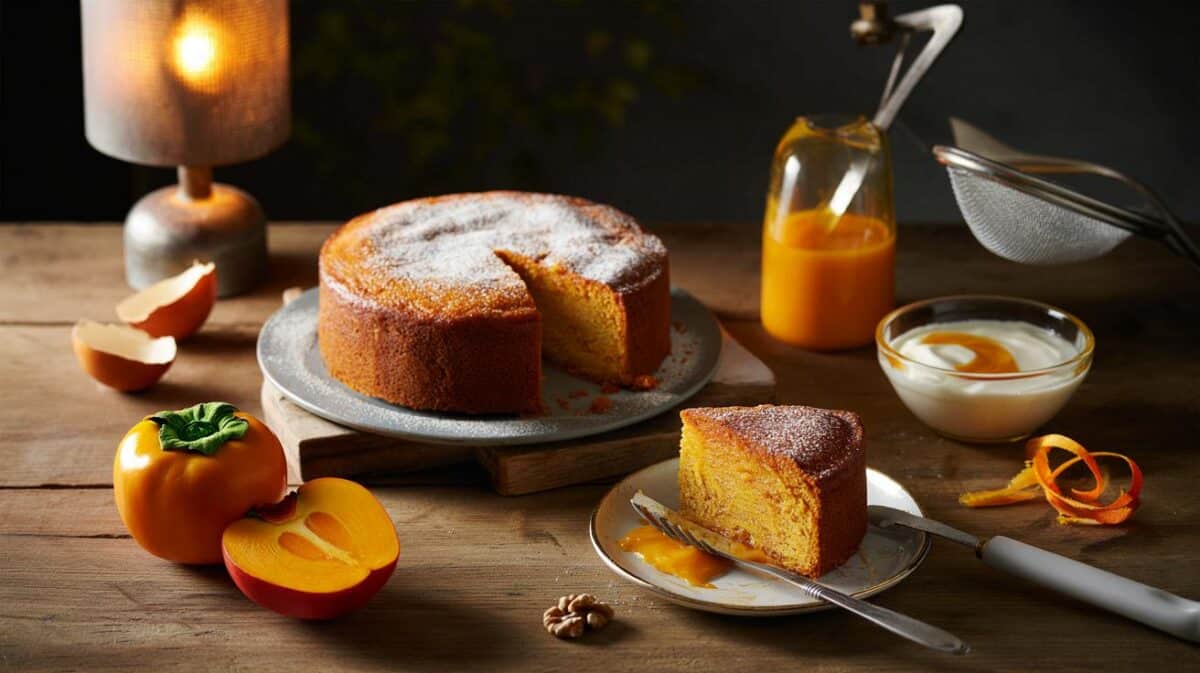Now, in too many streets, there’s a soft silence where wings should be. Butterflies are losing their flowers — to neat lawns, gravel drives, heat‑struck borders, and double blooms that look lush but serve no nectar. The fix won’t come from a grand rewilding scheme alone. It can start with what we plant this weekend.
I’m standing by a sunlit fence in late July, watching a child scan the air for a peacock or a comma. The buddleia is in full, violet fireworks. No butterflies come. A neighbour leans over the wall and says, almost embarrassed, that she remembers clouds of blues drifting across the allotments when she was little. We talk about the summer’s dry spell, the neat pavements, the fake turf that never feeds anything. A brimstone zigzags through, wobbles, and veers off at the last second, as if the stage is set but the actors never made the call time. *The garden looked the same, but it felt quieter.* It wasn’t just the weather.
Why butterflies are vanishing from our gardens
Walk the average British street and you’ll spot the culprits. Paved front gardens. Decking where the veg patch used to be. Double petunias that look like frosted cupcakes, yet hide their nectar under layers of petals. Butterflies need two things: nectar to fuel the adults, and specific plants for their caterpillars. Lose either, and the show stalls. We’ve also lost the big background stage: over 97% of wildflower meadows have gone since the 1930s. That’s like taking the audience away as well.
On one cul‑de‑sac in Leeds, a community group counted butterflies for an afternoon each summer. In 2012, they logged 15 species in three hours, mostly meadow browns and gatekeepers drifting over long grass at the verge. By 2022, they saw seven. Same street. Cleaner edges. Shorter grass. It’s not just one story. Butterfly Conservation’s long-term monitoring shows that roughly four in five UK butterfly species have declined in abundance or distribution since the 1970s. We’ve normalised the dip so thoroughly that an empty July can feel ordinary.
Part of the problem is fashion. Many modern ornamentals prioritise petal count over pollen and nectar. Some cultivars are near-sterile for insects. Then there’s timing. Early springs push butterflies to emerge sooner, only to meet borders that don’t flower until June. That mismatch creates a “nectar gap” in March and April, and again in late autumn when they need fuel for migration or hibernation. Add routine pesticide use and weekly mowing, and you’ve got a banquet that opens late, closes early, and serves watered-down soup. No wonder wings go elsewhere.
What to plant — and where — to bring them back
Start with a simple rule: plant for three seasons of nectar. March to May is your liftoff: primrose, lungwort, violets, forget‑me‑nots, willow catkins, honesty. June to August is your engine room: marjoram, knapweed, scabious, field scabious, betony, lavender, thyme, oregano, globe thistle, verbena bonariensis, buddleia. September to November is survival mode: ivy blossom, Hylotelephium (sedum), devil’s‑bit scabious, michaelmas daisy, heather. Put them in broad clumps, not singletons. Sunny, wind‑sheltered spots beat shade. A shallow tray of wet sand or a muddy patch gives minerals. Go peat‑free and water deeply once a week in droughts.
The second lever is the one most people skip: larval host plants. Nettles feed peacock, small tortoiseshell and red admiral. Bird’s‑foot trefoil feeds common blue. Garlic mustard, hedge mustard and cuckooflower feed orange‑tip and green‑veined white. Buckthorn or alder buckthorn for brimstones. Holly and ivy for holly blue. Violets for fritillaries, meadow grasses for ringlets and skippers. Tuck a sunny clump of nettles behind the shed. Let a strip of trefoil knit through a pot of grasses. We’ve all had that moment when the “messy corner” turns into life. Let that be your turning point.
Let’s be honest: nobody deadheads, mulches, waters, checks for caterpillars and logs sightings every day. Pick the few habits that stick.
“Plant nectar for the adults, plant hosts for the young, and plan for March to November. Do those three, and butterflies will find you,” says a conservation officer I met on a rain‑spattered field visit.
- Plant for spring, summer and autumn — not just July.
- Native host plants are the deal‑breaker for butterflies.
- Small spaces count.
A balcony? Try a window box with thyme, a pot of marjoram, and a tray of damp sand. A terrace? Add verbena bonariensis and a tub of bird’s‑foot trefoil. A garden? Give ivy blossom a chance on a fence and let a metre of grass flower.
Your patch can tip the balance
There’s a quiet choreography to it. You add spring violets and, weeks later, a small tortoiseshell pauses and drinks like it’s found an old café reopened. You tuck buckthorn into a hedge and a brimstone cruises the boundary as if reading a new signpost. One decision becomes a season, and a season becomes a habit your street can copy. Share cuttings over the fence. Swap seed at the school gate. Post your first comma on the WhatsApp group. You pull a thread, and a whole network wakes up.
| Point clé | Détail | Intérêt pour le lecteur |
|---|---|---|
| Continuous nectar | Plant in waves from March to November: primrose, marjoram, scabious, ivy blossom, sedum | Butterflies find fuel whenever they fly, not only in midsummer |
| Larval host plants | Nettles, bird’s‑foot trefoil, buckthorn, garlic mustard, violets, holly/ivy | Turns a fly‑by into a breeding site that sustains local populations |
| Simple habitat tweaks | Sunny shelter, shallow water, peat‑free compost, less mowing, avoid pesticides | Low‑effort changes that bring visible results within one season |
FAQ :
- What’s the easiest starter plant mix for a small space?One pot of marjoram, one pot of scabious, and a window box of thyme or oregano. Add a tray of damp sand for minerals.
- Is buddleia enough on its own?No. It’s a great nectar bar in summer, but it doesn’t feed caterpillars. Pair it with host plants and spring/late‑season flowers.
- Will nettles take over my garden?Not if you confine a clump to a sunny corner or a large container. Cut it back after caterpillars finish feeding.
- Do I need to go fully wild to see results?Not at all. A few drifts of nectar plants, a host plant or two, and gentler mowing can shift the needle fast.
- How quickly will butterflies return?Sometimes within weeks. Orange‑tips find garlic mustard in spring; brimstones sniff out buckthorn; late‑season ivy can draw in clouds.









Loved the practical three‑season plan — it finally clicked that nectar isn’t enough without larval hosts. I’ve planted marjoram, scabious, and a tucked‑away clump of nettles; next up is buckthorn along the fence. This felt both doable and hopeful. Also, the tip about a tray of damp sand for minerals was new to me and definately going in.